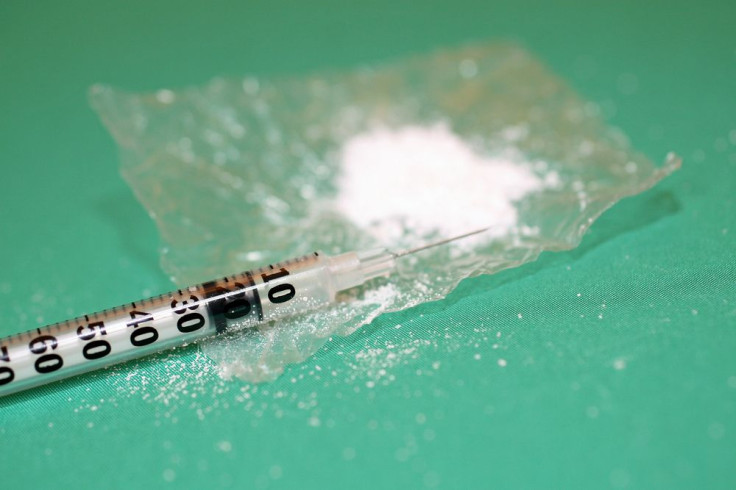Eradicating Hepatitis C Through The Prison System: Should Prisoners Get The Breakthrough Drug Sovaldi?

The Hepatitis C drug, Sovaldi (sofosbuvir), has been called a breakthrough treatment by health experts around the world, and it really is. But with a single course of treatment costing as much as $84,000 in the U.S., getting the breakthrough cure to most patients will be difficult if not impossible. If health care providers can figure out a way to lower the cost, however, a group of researchers believes they’ve found a useful route to administer the drugs: the criminal justice system.
Hepatitis C (HCV) is an infectious disease that affects the liver. It ranges in severity, causing cirrhosis (scarring of the liver) in some while showing no signs or symptoms in others. Some people with chronic HCV go without symptoms their whole lives, according to the Centers for Disease Control and Prevention (CDC). But with an estimated 3.2 million people with chronic HCV and another 16,000 with acute HCV, the disease can still spread. With sharing injection drug needles being one of the most common ways to spread infection, it only makes sense to target prisons around the country, where drug use is rampant and drug users are likely to end up.
“We can head off a lot of disease and expense if we invest now,” lead author of the article Dr. Josiah Rich, a professor of medicine and epidemiology at Brown University, said in a press release. “How do we do that most efficiently and effectively? What we’re arguing in the paper is that we do it using the criminal justice system infrastructure.”
Accomplishing this will be a feat, to say the least. The authors estimated that at $84,000, the cost of treating only current inmates with HCV would be somewhere near $33 billion. Treating half the people with HCV who pass through the system in a year would cost $77 billion.
Sovaldi is in high demand because it promises a cure rate of as much as 90 percent. Prior to Sovaldi, treatment required injecting proteins, known as interferons, into a patient. Many patients, including those with cirrhosis weren’t able to tolerate them, though, and experienced severe side effects such as nausea, anemia, depression, and skin rashes. Sometimes, these were so bad that they were forced to discontinue treatment. Such instances put cure rates at somewhere around 65 to 75 percent.
The authors suggested that prisons should negotiate discounts with the manufacturer of Sovaldi, Gilead Sciences, and also suggested that not all of the money has to come from their budgets. “Recognizing that infectious disease epidemics cannot be contained behind prison walls, we must develop a national strategy for responding to them that includes financial support and an infrastructure to test and treat prisoners, both within prisons and jails and after they return to our communities,” co-author of the paper Dr. Brie Williams said in the release.
They suggested that the U.S. population helps, possibly through tax dollars, based on the idea that we’re not helping prisoners become healthy — a goal that may be controversial — but that we’re all working toward the common good of eradicating HCV from the U.S. These expenses could be paid for through grants and programs similar to those implemented for HIV. “Seizing this opportunity for timely care will require leaders to consider the criminal justice system as part of the fabric of U.S. health care,” the authors wrote. “This step will help to change the perception of the HCV epidemic in the criminal justice system, transforming it from a legal liability to a critical opportunity to change the course of HCV in the United States.”
Published by Medicaldaily.com



























